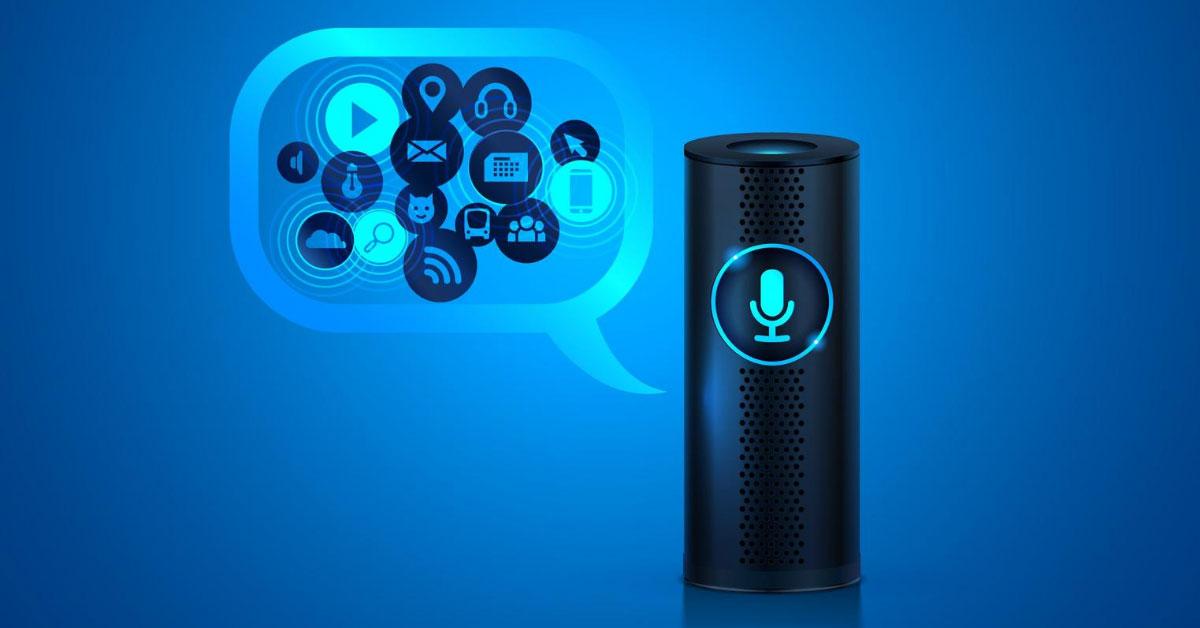Nobody could have imagined that voice assistants like Siri would become such a driving force for technological progress when they were initially launched in 2011. Almost a decade later, it is believed that one in every four Americans has a smart speaker (Amazon Echo, Google Home), and eMarketer forecasts that by the end of 2020, close to 100 million smartphone users will be utilizing voice assistants.
However, as big firms such as Google and Amazon continue to fuel this trend and compete for market dominance, the technology behind voice interfaces is rapidly changing. From banking to healthcare, businesses are rushing to develop their own speech technologies in order to meet customer demand.
While consumers are flocking to speech technology to make their lives simpler, it is also a vital business tool that can help businesses stay competitive and relevant as we enter the “Zero Touch” UX decade.
The Movement Towards Voice
The primary motivator for the transition to speech is user demand. As we live in an ever-changing digital environment where convenience, efficiency, and speed are continuously being enhanced, Millennial customers in particular are demonstrating a higher degree of comfort and general knowledge.
Another aspect is the use of artificial intelligence in our daily lives. The proliferation of IoT devices such as smart appliances, thermostats, and speakers is increasing the value of voice assistants in our daily lives.
Smart speakers may be the most popular method to utilize speech, but industry analysts estimate that voice technology will be employed in nearly every application over the next five years. Amazon stated at CES 2020 that there are hundreds of millions of voice-enabled devices in use across the world now. Innovative voice analytics and computers are at the center of this upheaval.
AI-Assisted
With the rising number of smartphone users worldwide, it is estimated that by the end of 2020, the voice would account for nearly half of all internet searches. AI and data-modeling tools for inferring intent and emotion from the speech are rapidly evolving.
And the impact has already been significant: In one day, 200 million Microsoft Teams users engaged, and sophisticated voice analytics assisted businesses in reducing customer handling times by 40%. With businesses all around the globe understanding the benefits of voice technology and analytics, strategic considerations are required – here are a few ideas:
Consider the Local
Many regulatory reforms are being implemented, which will result in increased innovation for local customers. The voice-activated response system created in India during the COVID-19 epidemic is an excellent example. Voice analytics will play an important part in most last-mile solutions, as demonstrated in China, where AI technology has resulted in over four billion interactions each day.
Considerations for Privacy
As consumers rely on IoT devices in their private areas, consumer trust is rather brittle, particularly for speech. Companies that lead the way in Privacy by Design (PbD) to secure personally identifiable information may gain a significant competitive advantage.
Voice Predictions for the Future
We will witness changes in search behavior as voice analytics and speech recognition technology develop. Advertising firms and marketers expect that platforms such as Google and Amazon will open up to additional types of paid advertising, with comScore estimating that voice technology would account for 50% of all searches by the end of 2020.
• Personalized experiences Future voice assistants will provide more customized experiences as they improve at distinguishing distinct voices.
• Interaction by touch. Voice and visual displays will blend into a seamless experience, as demonstrated by Google’s demonstration of the E Ink screen.
• Notifications by voice. As speech technology provides a new potential for push notifications, users will be re-engaged with user-centric push alerts.
• Security-focused. According to Microsoft, 41 percent of users are concerned about their privacy. Voice payments will become safer and more user-friendly.
Conclusion
Voice technology advancements are assisting digital voice assistants is becoming more intelligent and useful. Not only has speech become the ideal mobile experience, but there is also a lot of room for deeper consumer experiences. The only issue is whether brands will take advantage of this chance to acquire a competitive advantage.
AI-powered speech intelligence is exploding, and we are only at the start of this transformation. Due to the fact that speech is the most potent point of contact between you and your customers, OTO solutions enable you to leverage user voice data at scale. Understanding essential human behavior in real-time is now easier than ever before, from home gadgets to healthcare and contact centers.



